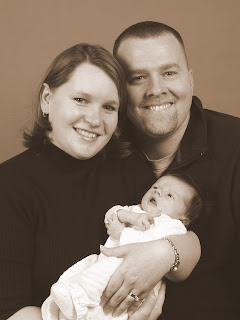
AIDS and Extreme Poverty
AIDS AND EXTREME POVERTY: CRISIS AND OPPORTUNITY
The Emergency: AIDS and Extreme Poverty
- More than 1 billion people around the world live on less than $1 a day.
- A child dies every three seconds from AIDS and extreme poverty.
- Africa has been hit harder by the HIV/AIDS virus than any other region of the world. Sub-Saharan Africa is home to over 70% of the total world HIV-positive population.
- Over one billion people do not have access to clean water.
The Opportunity: What are we already doing to help?
- Thanks to U.S. support, over 400,000 people with HIV/AIDS are receiving lifesaving anti-retroviral treatment and at least another 500,000 would also receive such assistance in 2006 if the U.S. approves at least $3.6b for HIV/AIDS in its budget.
- The U.S. is a lead donor to the Global Fund to Fight AIDS, TB and Malaria which to date has provided bed-nets to 3 million families which will prevent those family
members from contracting malaria from a simple mosquito bite. The U.S. has partnered with other G8 nations and committed to scaling up efforts to fight malaria together so that an additional 600,000 lives will be saved each year by 2015.
- This year, under pressure from the ONE: The Campaign to Make Poverty History, the G8 agreed to increase aid to Africa by $25b, and to all developing countries by $50b, by 2010. The G8 leaders and the other shareholders of the World Bank and IMF also agreed to cancel 100% of the multilateral debts owed by 18 qualified Highly Indebted Poor Countries (HIPCs). This will help kick-start poor countries efforts to achieve the Millennium Development Goals-but more will be needed if these goals are to be achieved and these promises will only be kept if we keep up the pressure.
What more can we do?
- For every $100 the U.S. government spent in 2004, only 25-50 cents was spent on the poorest countries of the world. When asked, most Americans think we are spending $15-20, not 25-50 cents, on international assistance. However, with just a 1% increase-or another $1 for every $100, the U.S. could lead a global effort to
help poor countries meet international development targets.
- Experts agree that investing in education is one of the best ways to reduce poverty and fight the spread of AIDS, especially among girls. For less than
the amount of money that Europeans and Americans spend on pet food every year, basic education could be provided for every child in the world.
- Economists estimate that creating fairer trade policies between the richest and poorest countries of the world could lift 300 million people out of poverty by 2015.

No comments:
Post a Comment